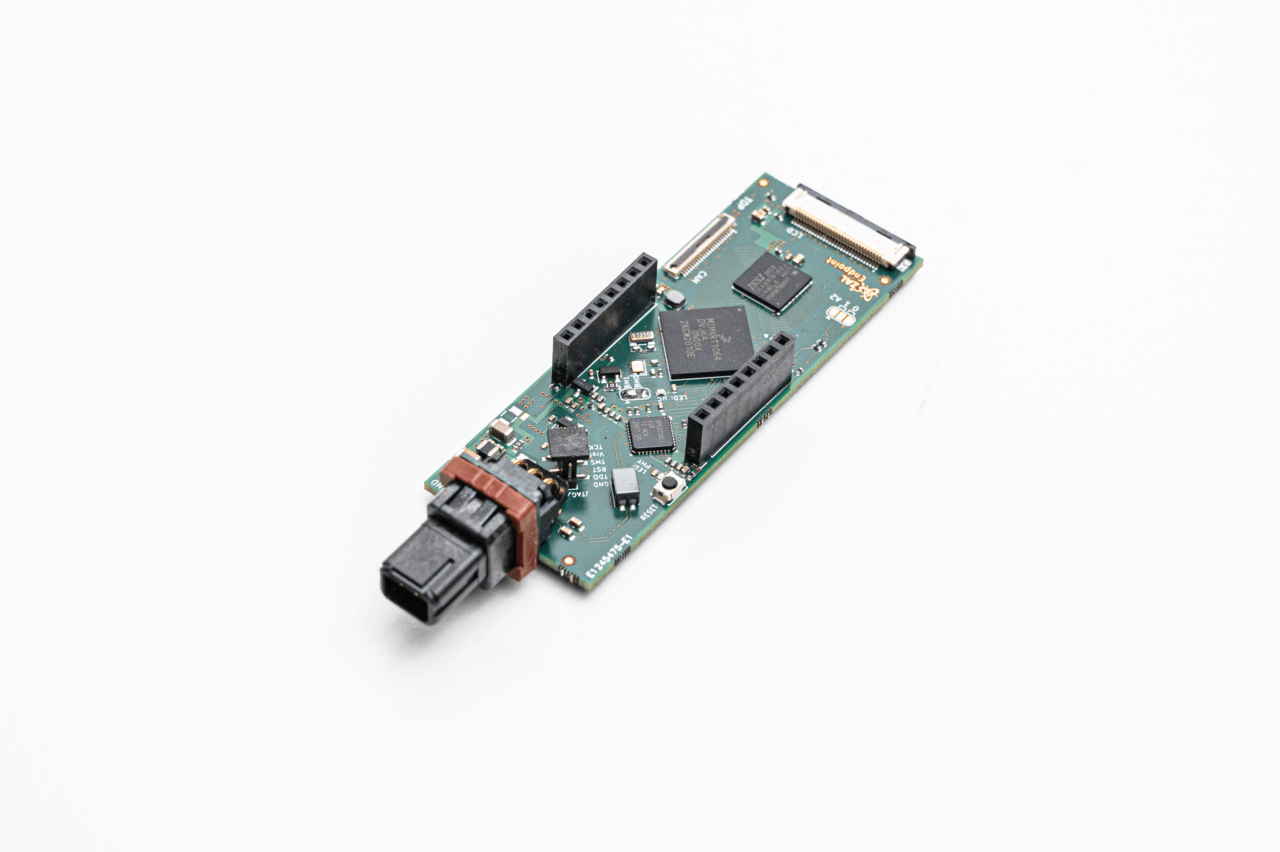The future is digital. In aviation research, this is especially true for the aircraft cabin. Technological innovations and digitization will ensure a smooth and seamless passenger experience in the future: from in-flight entertainment to mood lighting in the cabin. To this end, engineers in the InDiKa department, which stands for Intelligent Digital Cabin, are constantly developing communication technologies and innovative systems.
Within ZAL GmbH, a research team is working at the forefront of digital cabin technology. It implements projects on use cases within the cabin, such as innovative cabin lighting, cameras in combination with AI or novel sensor technology. This is done based on embedded and distributed systems, wireless and wired communication networks, and new technologies for sensors and actuators. In this context, the in-house development of embedded hardware and software is essential, which ZAL GmbH also offers to customers as a highly flexible and individualized service.
The cabin network in aircraft supplies all functions in the cabin. This includes reading lights, air conditioning, loudspeakers, monitors, crew interphone, and much more. Current cabin networks consist of numerous devices, often interconnected via various proprietary communication links. It is envisioned that future cabin networks will be unified into “all IP” solutions based on Ethernet connections. All devices within the network, from the backbone to the end devices, will be able to communicate via standardized protocols based on the Internet Protocol (IP). This means that in the future, all communication in the cabin will be handled via an IP-based network.
The intelligent digital cabin is a conglomerate of individual solutions that are interlinked. One of these is the ZAL Endpoint, a versatile next-generation aircraft cabin terminal. The Endpoint combines several sub-technologies:
One of these technologies is single-pair Ethernet (SPE). With its reduced cabling complexity, SPE is a promising candidate for connecting endpoints to a multi-gigabit backbone in the cabin. SPE requires only two cable cores: a twisted pair, for speeds up to 1 Gbps. By comparison, conventional Ethernet, as we know it from home, requires eight cable cores, i.e. four twisted pairs. In aircraft, SPE can thus save costs because the cables are lighter, less complex, and easier to produce. In various projects, ZAL and its partners are testing SPE for use in aircraft. The InDiKa team has also already used it successfully in customer-specific hardware developments.
Another technology is the so-called Time-Sensitive Networking (TSN). TSN is a collection of industry standards that extends conventional Ethernet with various methods and protocols. The aim here is to guarantee low delays and high reliability, even when the network load is high, e.g. due to in-flight entertainment. For the cabin, TSN enables a shared network. One example is the Passenger Announcement System, which must maintain a certain maximum delay to ensure lip and speaker synchronization for speech intelligibility. Prioritization of the associated traffic makes this possible. ZAL GmbH tests and evaluates TSN in many projects and advises partners on the sub-standards relevant for their use case and a suitable network configuration.
To run the ZAL Endpoint, the experts use the Zephyr OS open-source real-time operating system designed for embedded systems. They use the system, which the Linux Foundation supports, as a universal platform across projects. The team can thus reuse source codes in a hardware-independent manner and benefit from cross-project development efforts. Based on Zephyr OS, ZAL engineers develop both application-specific applications and hardware-related drivers for customers.
The ZAL Endpoint is versatile hardware for use cases inside the cabin. The board with a standard connector is a platform for research and development, which combines the mentioned technologies for the first time in a prototype. The Endpoint already has single-pair Ethernet, an up-to-date microcontroller, and a power supply based on 28VDC as it is present in the cabin. On the software side, the endpoint can be used with Zephyr OS and integrates into a TSN-enabled network. Expansion boards can be used via a mikroBUSTM header and extra connectors, depending on the application. The endpoint can thus be used as a single element, but can also be expanded as needed. It significantly shortens development times for future cabin applications.
Do you want to learn more? Don’t hesitate to contact us:
Data & Power Networks
Dr. Leonid Lichtenstein
Head of Data & Power Networks
+49 40 248 595 143





